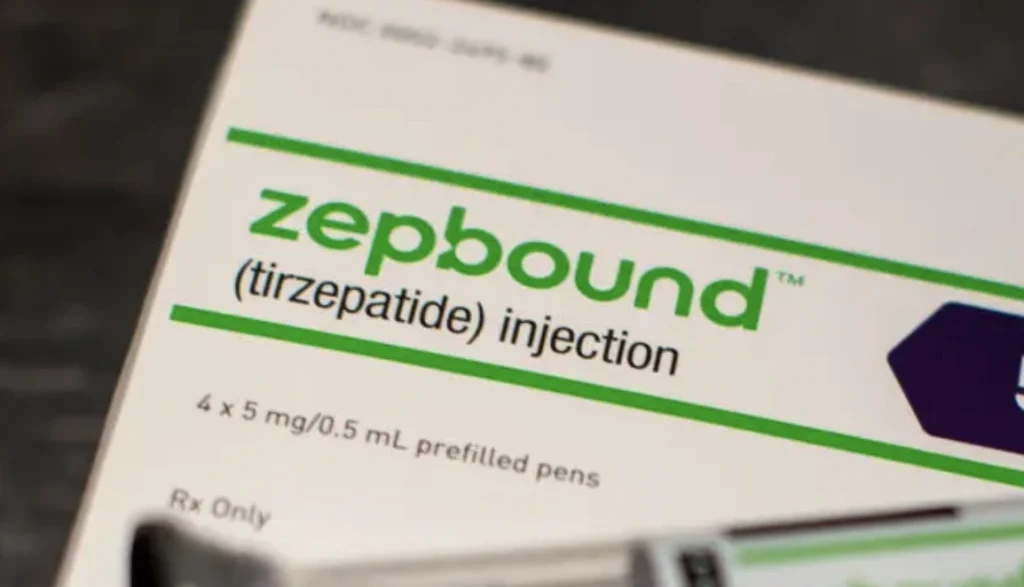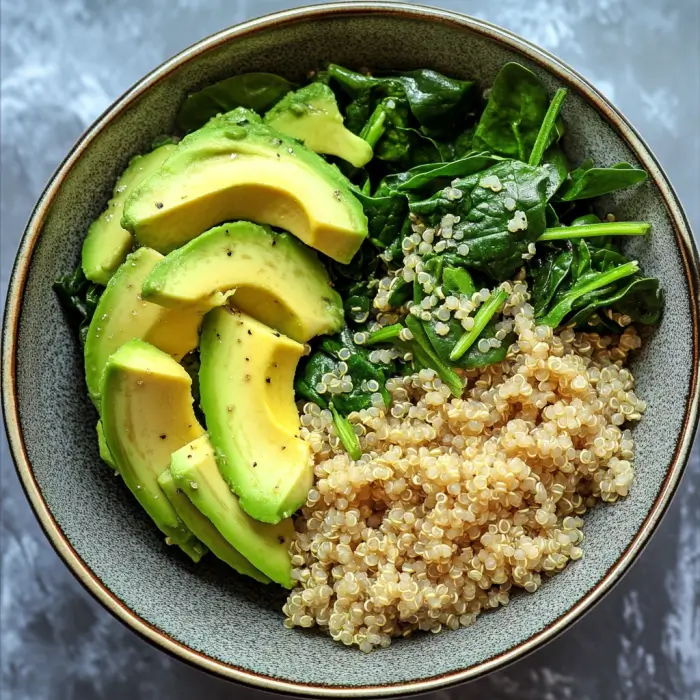
Can Dogs Get Hemorrhoids?
Many pet owners may wonder if dogs can develop hemorrhoids, especially if they notice their dog showing discomfort around the anal area. While hemorrhoids are common in humans, they are rare in dogs due to the unique anatomical and physiological characteristics of canine blood vessels. However, dogs can experience other issues that mimic hemorrhoid symptoms, such as anal gland problems, rectal prolapse, or perianal fistulas.
This article explores the causes, symptoms, and treatment options for conditions that resemble hemorrhoids in dogs. Plus, we’ll highlight some useful Amazon products that can aid in managing your dog’s anal discomfort.
Do Dogs Get Hemorrhoids?
Hemorrhoids are swollen veins in the lower rectum or anus typically caused by excessive pressure, a common issue in humans. However, dogs’ rectal blood vessels are structured differently, making them far less prone to hemorrhoid formation. When dogs show symptoms similar to hemorrhoids, they may actually be suffering from:
- Anal Gland Issues: Dogs have two anal glands that can become impacted or infected, causing discomfort and irritation.
- Rectal Prolapse: This occurs when part of the rectal tissue protrudes from the anus, often mistaken for hemorrhoids.
- Perianal Fistulas: Painful, infected sores around the anus that cause severe discomfort, often seen in certain breeds like German Shepherds.
Symptoms to Watch For
If you suspect your dog has a condition similar to hemorrhoids, watch for these symptoms:
- Scooting or dragging the rear on the ground
- Excessive licking or biting around the anal area
- Straining or pain during bowel movements
- Swelling, redness, or visible sores near the anus
- Foul odor coming from the anal region
If your dog exhibits any of these signs, a visit to the veterinarian is recommended to determine the exact cause and receive appropriate treatment.
Common Causes of Hemorrhoid-Like Symptoms in Dogs
Some underlying causes can lead to anal issues in dogs, including:
- Constipation: Straining due to constipation can put pressure on the anal glands, leading to irritation.
- Obesity: Excess weight can contribute to issues with the anal glands.
- Dietary Issues: A low-fiber diet can lead to constipation, which may strain the anal area.
- Infections or Inflammation: Bacterial infections or underlying health issues can lead to swelling or discomfort near the anus.
Treatment Options and Helpful Amazon Products
To help alleviate your dog’s discomfort and prevent anal issues, consider these remedies and Amazon products:
1. Increase Dietary Fiber
Adding fiber to your dog’s diet can help prevent constipation, reducing strain on the anal area and promoting regular bowel movements. Fiber supplements designed for dogs can be a simple solution.
- Glandex Anal Gland Soft Chews for Dogs – These chews are formulated to support anal gland health, with added fiber to promote healthy digestion. View on Amazon
2. Use Stool Softeners if Necessary
If constipation is causing strain, stool softeners specifically made for dogs can be helpful. Always consult with your veterinarian before using any stool softener to ensure proper dosage.
- NaturVet Stool Ease Soft Chews for Dogs – These chews can help make bowel movements easier and reduce straining. View on Amazon
3. Apply Soothing Topical Solutions
A soothing balm can relieve irritation and reduce inflammation around the anal area. Be sure to choose a pet-safe balm to avoid any adverse reactions.
- Natural Dog Company Skin Soother Balm – This balm is perfect for sensitive skin and can help soothe any discomfort around the anal area. View on Amazon
4. Increase Hydration
Proper hydration is essential to prevent constipation in dogs. To encourage your dog to drink more water, you may consider a pet fountain, which can make drinking water more appealing.
- PetSafe Drinkwell Pet Fountain – A water fountain can encourage your dog to stay hydrated, supporting healthy digestion and preventing constipation. View on Amazon
5. Try Probiotics for Digestive Health
Probiotics support gut health and can prevent digestive issues that may lead to anal discomfort. A high-quality dog probiotic can promote a healthy microbiome and regular digestion.
- PetHonesty Digestive Probiotics for Dogs – These probiotics can help maintain a balanced digestive system, reducing the risk of constipation. View on Amazon
6. Use Cleansing Wipes for Dogs
Keeping your dog’s anal area clean can help prevent irritation and infections. Use pet-friendly wipes to gently clean the area, especially if your dog frequently scoots or experiences anal gland issues.
- Pet MD Dog Wipes – These wipes are gentle and formulated to cleanse the anal area, helping reduce irritation. View on Amazon
Preventative Measures for Anal Health in Dogs
In addition to products, these lifestyle tips can help maintain your dog’s anal health:
- Regular Exercise: Exercise helps promote regular bowel movements, reducing the risk of constipation.
- Balanced Diet: Feeding your dog a diet high in fiber can support digestive health and prevent strain during bowel movements.
- Maintain a Healthy Weight: Extra weight can put pressure on the anal glands, increasing the risk of issues.
- Routine Anal Gland Expression: For some dogs, periodic anal gland expression by a veterinarian or groomer can prevent impaction or infection.
When to See a Veterinarian
If your dog continues to show discomfort, swelling, or signs of infection around the anal area, consult a veterinarian. Persistent symptoms could indicate a serious condition, such as an abscess or tumor, that requires medical intervention.
Conclusion
While dogs don’t typically get hemorrhoids like humans, they can suffer from other conditions that cause similar symptoms, such as anal gland issues, constipation, and rectal prolapse. Maintaining a balanced diet, providing regular exercise, and using the right products can help keep your dog comfortable and healthy.
With the right care and attention, you can ensure your dog’s anal health and overall well-being. Remember, if symptoms persist, it’s always best to consult with your veterinarian for professional guidance.







































